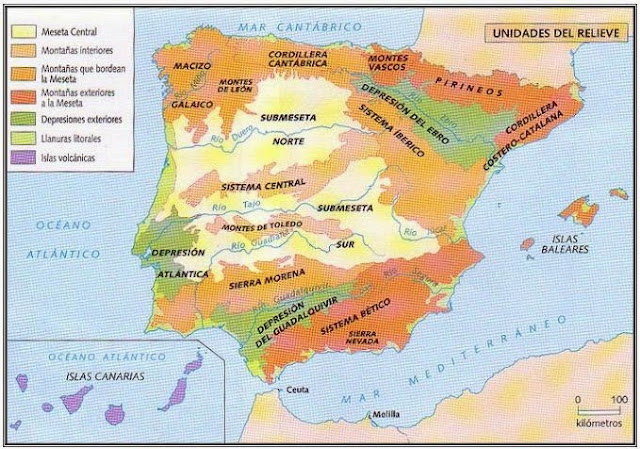In this unit we are learning how to classify animals.
We have divided the class in groups. Each one is looking for information of one group of animals and then making a poster about it. After that, all the groups will do oral presentations to help the other children learn about that group of animals.
Here you have a chart to compare the characteristics of each group of animals.
INVERTEBRATES
|
VERTEBRATES
|
|||||
Bones
|
They don´t
have a spine
|
They have a skeleton with a spine
|
||||
FISH
|
AMPHIBIANS
|
REPTILES
|
BIRDS
|
MAMMALS
|
||
Breathe
|
Gills |
Babies: gills
Adults: lungs / skin
|
Lungs |
Lungs |
Lungs |
|
Reproduction
|
Oviparous
(They lay eggs in land)
|
Oviparous
(They lay eggs in water)
|
Oviparous
(They lay eggs in water)
|
Oviparous
(They lay eggs in land)
|
Oviparous
(They lay eggs in land)
|
Viviparous
(the babies are born alive)
|
Body /Legs |
None: worms
6 legs: insects
8 legs: arthropods
+ 8 legs: centipede
|
Fins
Tail
|
Babies: no legs
Adults: 4 legs
|
None: snakes
4 legs: most
|
2 legs
Beak
Wings
|
4 legs: most
Fins: dolphin and whale
|
Skin coverings |
Soft skin
Shells
Exoskeleton
|
Scales
|
Moist skin
|
Scales / dry skin
Shells (turtle)
|
Feathers
|
Hair (fur)
|
You can also practice classifying animals by answering this questions
Practice with these games:
Animals characteristics game
What do they have in common?
Quiz on plants and animals
Sort animals in categories
Depending on what they eat, we can classify animals in:
- Herbivores (animals that only eat plants)
- Carnivores (animals that eat other animals)
- Omnivores ( animals that eat plants and other animals)
Classify animals by what they eat





